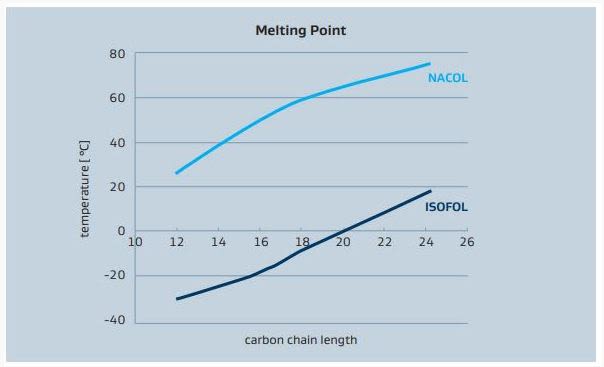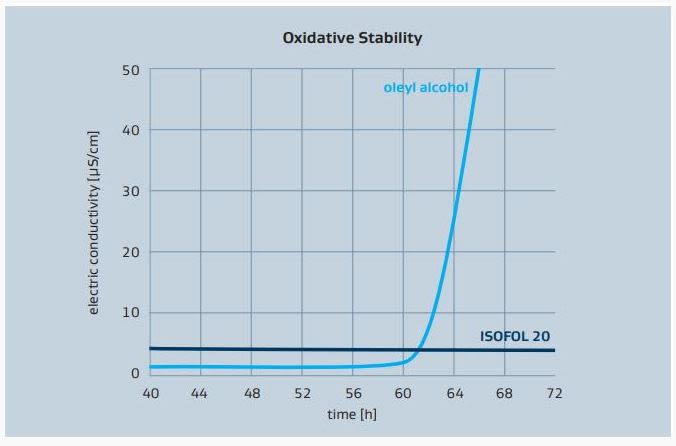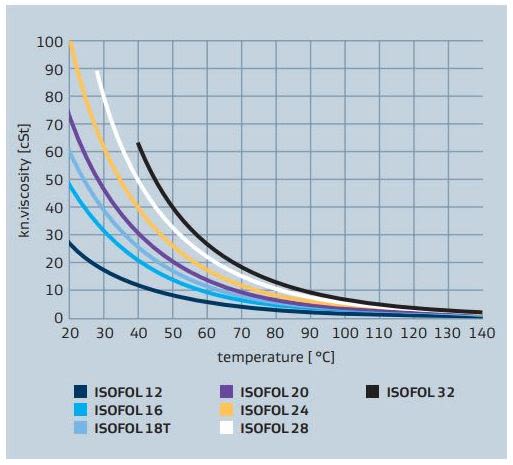Knowde Enhanced TDS
Identification & Functionality
- Chemical Family
- Chemical Name
- INCI Name
- Base Chemicals Functions
- CASE Ingredients Functions
- Cleaning Ingredients Functions
- Cosmetic Ingredients Functions
- Fluids & Lubricants Functions
- Technologies
- Product Families
Features & Benefits
- Base Chemicals Features
Applications & Uses
- Applications
- Applicable Processes
- Fluids & Lubricants Type
- Base Chemicals End Uses
- Fluids & Lubricants End Use
- Fragrances & Perfume Applications
- Home Care Applications
- I&I Cleaning Applications
- Industrial Additives End Use
Properties
- Physical Form
- Appearance
- Clear colorless oily liquid
- Typical Properties
| Value | Units | Test Method / Conditions | |
| Refractive Index (nD20) | 1.46 | — | — |
| Water Content | max. 0.1 | wt. % | — |
| Ester Value | max. 0.5 | mg KOH/g | — |
| Acid Number | max. 0.05 | mg KOH/g | — |
| Iodine Value | max. 0.5 | mg l/100 mg | — |
| Density (at 20°C) | 0.837 - 0.841 | g/mL | — |
| Melting Range | -1 to 1 | °C | — |
| Flash Point | 180.0 | °C | — |
| Viscosity (at 20°C) | 60.0 | mPas | — |
| Hydroxyl Value | 184 - 190 | mg KOH/g | — |
| Saponification Value | max. 0.55 | mg KOH/g | — |
| Color | max. 10 | — | APHA |
| Boiling Point | 324.0 | °C | — |
| iC 20 OH | min. 97.0 | wt. % | — |
| Molecular Weight | 298.0 | g/mol | — |
Regulatory & Compliance
Technical Details & Test Data
- Melting points of ISOFOL alcohols in comparison with linear NACOL alcohols
The ISOFOL alcohols C12 to C24 are liquid at ambient temperature, whereas corresponding linear and saturated alcohols are solid. While oleyl alcohol starts to solidify at approx. 10 °C, ISOFOL alcohol of similar chain lengths remains liquid

- Oxidative stability of ISOFOL 20 vs oleyl alcohol – Rancimat method

- ISOFOL alcohol viscosity vs temperature

- ISOFOL alcohol density vs temperature

Packaging & Availability
- Packaging Type
Storage & Handling
- Storage And Handling
Precautions for safe handling
Advice on safe handling
- Handle in accordance with good industrial hygiene and safety practice.
- Provide sufficient air exchange and/or exhaust in work rooms.
Advice on protection against fire and explosion
- The product is flammable but not readily ignited.
- Normal measures for preventive fire protection.
Fire-fighting class
- B: Fires involving liquids or liquid containing substances. Also includes substances which become liquid at elevated temperatures.
Conditions for safe storage, including any incompatibilities
Storage class (TRGS 510)
- 10-13: German Storage Class 10 to 13
Other data
- Stable under normal conditions.